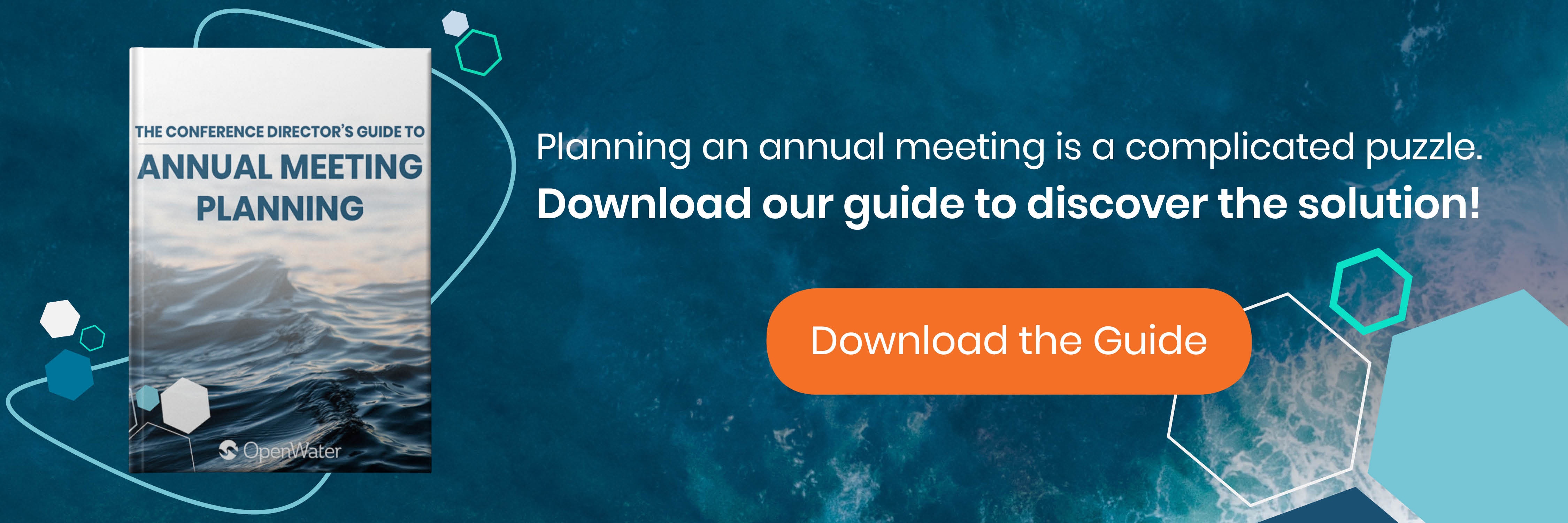
Here’s How to Tell When Your AMS Software Needs an Upgrade
Let’s visualize the perfect association management system (we’d close our eyes, but that would make reading this challenging).
Paint a picture of a day in the life of a member, a system admin, or your current role. Soak in the user-friendly interface, flexible features, instant reports, painless API integrations, mobile responsiveness, automated reminders—the year-in, and year-out stability. Spread a collage of idealized tasks overhead like Michelangelo in an association management system inspired by the Sistine Chapel.
Now descend from the clouds and look at your current AMS software. What did you see? Did it look like this? If not, then it may be time for a new AMS.
No Pain, No Gain
Sticking with what you’ve got will mean sticking with the same pain points as always. But the status quo is better than the struggles and headaches of making a change, right? It’s understandable if you think the answer is “yes.” Associations often fall prey to this very human inclination—to resist change and avoid the unknown.
But technology has rapidly advanced with modern conveniences in the last few years, and AMS software is no exception. Resisting change may not be an option any longer. Here are a few gaps you may already be experiencing:
- Do You Live Offline?
Cloud and subscription-oriented models are the way of the future, coupling data management with the freedom of the web. A survey conducted by BetterCloud showed that 73% of organizations believe 80% or more of their business apps will be SaaS by 2020.
With the stability, continuity, and accessibility of the cloud, this makes sense. Plus, a cloud-based AMS is a flexible cost that saves you storage space and other internal expenses (equipment, installation, etc.). If your legacy AMS software is locally installed, this may be red flag number one.
- Is It Too Complicated or Insular?
Once upon a time, the prevailing mindset said a sophisticated AMS should do everything in one self-contained system. A jack-of-all-trades AMS may be versatile but may lead to some solutions being half-conceived. And if you can’t figure out how to use a feature through the static of the unnecessary ones, it’s no use at all.
These days, a quality AMS is a centerpiece. It has robust core functions and smoothly integrates with other specialized software through customizable APIs. It handles everything you need, and nothing you don’t.
- Is There Duct Tape Everywhere?
Legacy systems are often customized and have layers of fixes and bloated infrastructure built onto it over many years of use. While it may feel like it’s been so customized that you can’t possibly switch it out for something new, the opposite couldn’t be truer.
A fresh start may allow you to shed obsolete rules or processes and replace them with systems that are more intuitive, streamlined, and easier to use. Users want AMS software that reflects current trends, so why deprive them of that?
- Do You Need a Desktop Computer?
Almost two-thirds of our online time is spent on mobile devices. Mobile apps have come a long way in the last few tech cycles. Many systems that used to be confined to desktop spreadsheets (like abstract management) are now accessible via convenient mobile apps for flexible access, on the go, on any device.
Whether your concerns are about management, member applications, event registrations, donation tracking, or any other function common to AMS software, obsolescence is your worst enemy. An outdated system will frustrate admins and members alike. Kicking the can on an upgrade could even affect memberships in the long run.
If you let out a sigh when you imagined the AMS software you really need, then you know the time has come for an upgrade.


